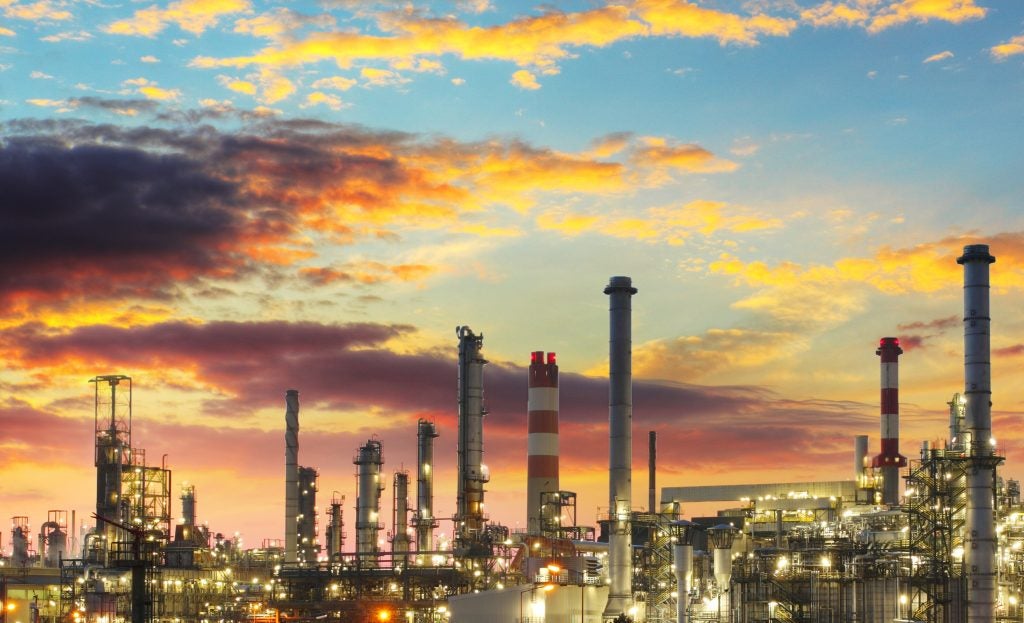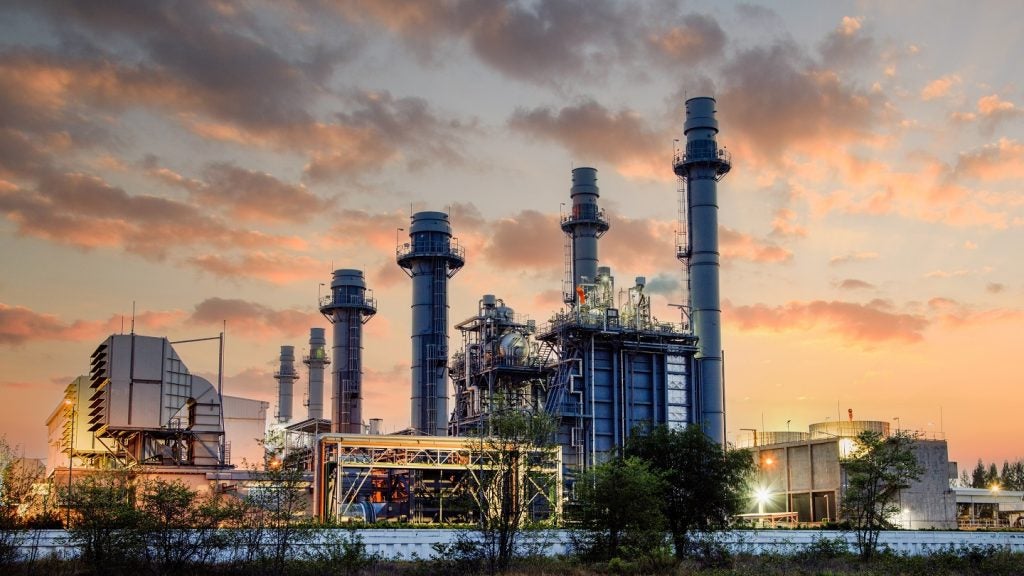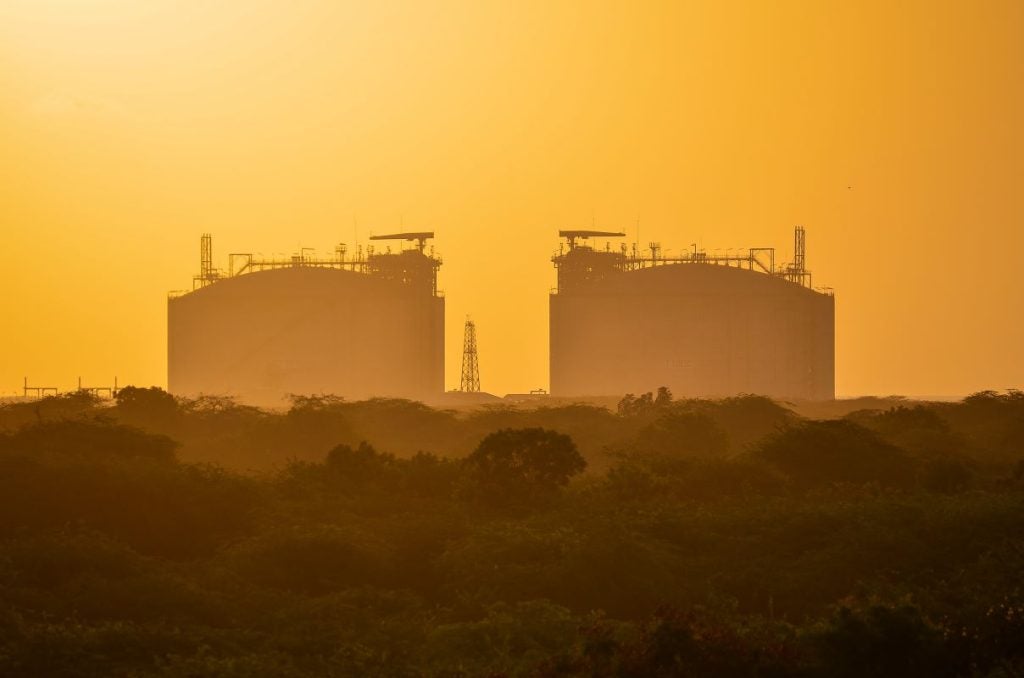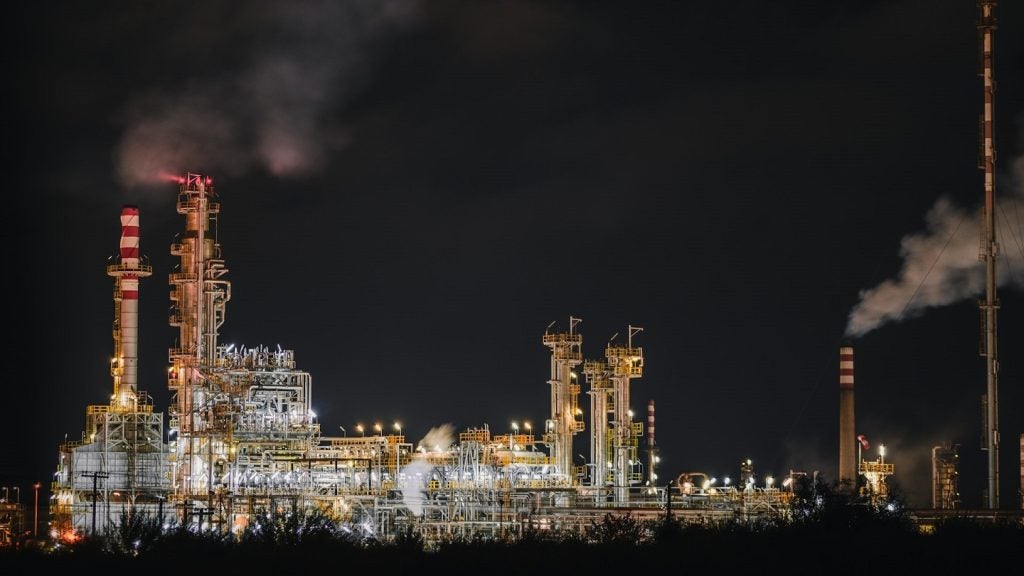Satah is a producing conventional oil field located in shallow water in the UAE and is operated by ADNOC Offshore. According to GlobalData, who tracks more than 34,000 active and developing oil and gas fields worldwide, the field is located in block Satah and Umm Al Dalkh, with water depth of 69 feet. Buy the profile here.
An expansion project is associated with the Satah, namely the Satah Development. This project is currently in the construction stage.
Field participation details
The field is owned by Abu Dhabi National Oil and Inpex.
Production from Satah
The Satah conventional oil field recovered 69.04% of its total recoverable reserves, with peak production in 1993. Based on economic assumptions, production will continue until the field reaches its economic limit in 2059.
Contractors involved in the Satah conventional oil field
Some of the key contractors involved in the Satah project as follows.
Main EPC: Egyptian General Petroleum, Rockwell Automation, National Marine Dredging, TechnipFMC and Target Engineering Construction
Other Contractors: Mott MacDonald Group, Penspen, SKEMA, Airpack Nederlands and Gerab National Enterprises
For more details on the Satah Conventional Oil Field, buy the profile here.
Data Insights
From

The gold standard of business intelligence.
Blending expert knowledge with cutting-edge technology, GlobalData’s unrivalled proprietary data will enable you to decode what’s happening in your market. You can make better informed decisions and gain a future-proof advantage over your competitors.







